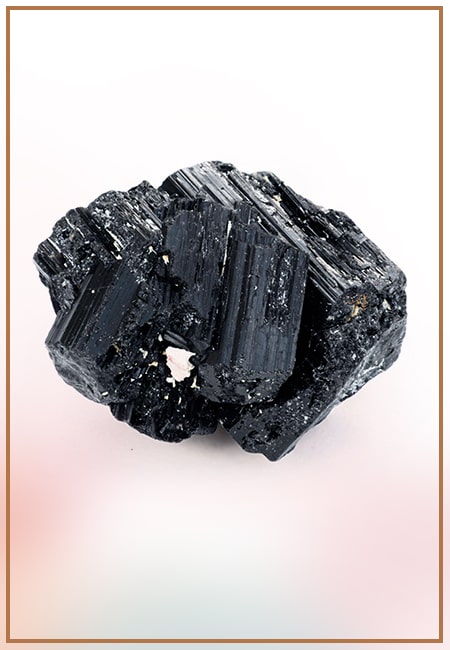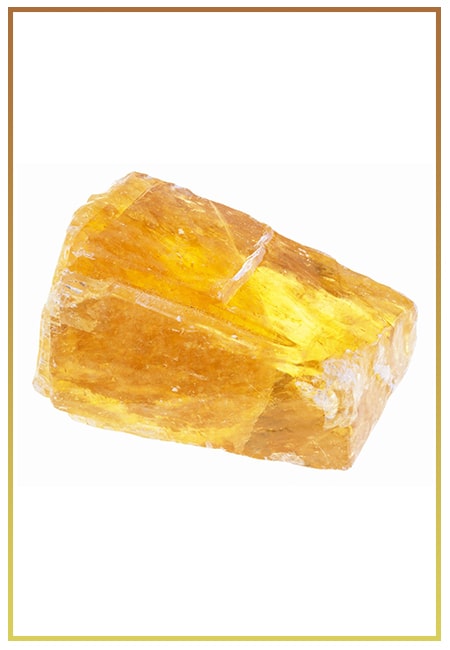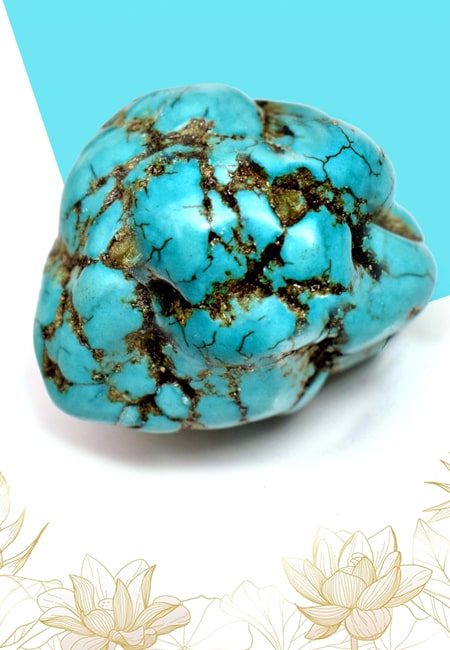- Written By Team DWS
- Festivals
- October 03, 2025
Why International Day of Nonviolence Matters in Today’s World
Introduction
The International Day of Nonviolence, observed annually on October 2nd, marks not only the birth anniversary of Mahatma Gandhi, but it also serves as a reminder of the global importance of peace, compassion, and nonviolent resistance. In a world that increasingly grapples with conflict, inequality, and the rise of divisive rhetoric, this day holds powerful symbolism. It calls individuals, communities, and nations to embrace nonviolence—not just as an idea, but as a practical tool for transformation.
Today, the relevance of nonviolence extends beyond honoring Gandhi’s legacy. It is about understanding how peace-building practices and nonviolent actions can inspire social justice movements, foster sustainable development, and create solidarity within a fractured world. This blog explores the origins of the day, Gandhi’s philosophy, the role of nonviolence in modern societies, and why its principles are urgent in contemporary times.
638951003058217887.jpg)
History and Origins of the International Day of Nonviolence
The United Nations General Assembly (UNGA) designated October 2nd as the International Day of Nonviolence in 2007. Proposed by India, the resolution received overwhelming support from member states. The aim was to spread the message of nonviolence through education, public awareness, and the acknowledgment of Gandhi’s enduring philosophy for resolving conflict.
Nonviolence, or Ahimsa in Sanskrit, is more than abstinence from physical violence. For Gandhi, it symbolized an active force of love, empathy, and truth. By celebrating this day, the global community recognizes not only Gandhi’s role in freeing India from colonial rule through peaceful means but also how his ideas influenced civil rights movements worldwide.
________________________________________
Gandhi’s Philosophy of Nonviolence: The Core Principles
At the heart of Gandhi’s beliefs were three key concepts:
1. Ahimsa (Non-harm)
Ahimsa meant refraining from injuring others physically, mentally, or emotionally. For Gandhi, it was a universal ethic to guide moral and social interactions.
2. Satya (Truth)
Nonviolence cannot exist without truth. Gandhi believed that truth and transparency formed the foundation of peaceful resistance.
3. Satyagraha (Nonviolent Resistance)
Satyagraha was Gandhi’s strategy for social change—using moral strength, civil disobedience, and peaceful protest to oppose injustice. This concept inspired movements such as Martin Luther King Jr.’s Civil Rights Movement in the U.S. and Nelson Mandela’s anti-apartheid struggle in South Africa.
________________________________________
The Relevance of Nonviolence in Today’s Conflicted World
Global Conflicts and Wars
Despite international institutions advocating peace, the world continues to see armed conflicts in regions like Ukraine, the Middle East, and parts of Africa. War causes displacement, economic collapse, and loss of innocent lives. Gandhi’s message challenges us to embrace dialogue and negotiation instead of conflict escalation.
Political Polarization
Many nations today face deep political divides. Nonviolence, when applied in political discourse, can reduce hostility, encourage dialogue, and promote inclusive governance.
Social Inequality and Injustice
Movements for racial equality, women’s rights, and LGBTQ+ rights continue globally. Nonviolent activism is crucial in amplifying marginalized voices while preventing cycles of revenge-driven violence.
Climate Change and Environmental Degradation
Environmental activism is another area where nonviolence matters. Movements like those led by Greta Thunberg rely on peaceful protests and civil resistance to urge governments to take stronger climate action.
Rising Online Hate and Cyberbullying
The digital age has amplified hate speech, misinformation, and divisive content. Nonviolent communication can reshape online culture by encouraging empathy, responsibility, and mindful speech.
________________________________________
Lessons From Gandhi for Modern Social Movements
Modern civil societies can draw direct inspiration from Gandhi’s techniques:
- Peaceful Protests: Movements like the Black Lives Matter protests often employ nonviolent rallies to raise awareness while minimizing harm.
- Boycotts: Encouraging collective refusal to support exploitative corporations mirrors Gandhi’s Swadeshi Movement.
- Civil Disobedience: Many activists use civil disobedience—refusal to comply with unjust laws—as a moral form of resistance globally.
- Community-Building: Gandhi believed change begins at the grassroots level. Today, grassroots initiatives addressing poverty, education, and healthcare embody this spirit.
________________________________________
Nonviolence as a Universal Language
One of the greatest strengths of nonviolence is that it transcends cultures, languages, and political systems. Leaders like:
- Martin Luther King Jr. – Advocated for equality in the U.S. through peaceful protests that redefined civil liberties.
- Nelson Mandela – Fought apartheid initially through struggle, later adopting reconciliation and nonviolent approaches as South Africa’s leader.
- The Dalai Lama – Champions peace, compassion, and understanding even in the face of Tibet’s challenges.
These global leaders prove that nonviolence is not restricted to Indian philosophy but is a universal value system.
________________________________________
Why International Day of Nonviolence Matters Now
Strengthening Global Unity
In a fragmented world, this day unites diverse cultures, ethnicities, and ideologies under one shared value: peace.
Promoting Education in Values
Schools and institutions worldwide use the day to teach children the importance of peace, tolerance, and conflict resolution skills.
Empowering Citizens
The observance reminds citizens that every individual has power. Nonviolence is not passive—it is active resistance to injustice.
Connecting with Sustainable Development Goals (SDGs)
Many UN SDGs, such as reducing inequalities, promoting peace, and ensuring quality education, directly align with the philosophy of nonviolence.
________________________________________
How Countries Celebrate the Day
- India: Events honoring Gandhi at the Raj Ghat memorial in New Delhi. Schools and institutions host discussions, plays, and peace marches.
- United Nations: Public awareness campaigns, conferences, and peace talks highlighting the global value of nonviolence.
- Global Civil Societies: Organizations around the world host workshops on reducing community violence, supporting refugees, or promoting intercultural dialogue.
________________________________________
Nonviolence in Personal Life
Beyond politics and activism, nonviolence plays a personal role:
- In Families: Encouraging communication over aggression strengthens relationships.
- In Workplaces: Peaceful conflict resolution creates healthier, more productive environments.
- In Mental Health: Nonviolent practices like mindfulness, meditation, and empathy reduce stress and improve personal well-being.
- In Consumer Behavior: Choosing ethical products and sustainable living is a form of nonviolent resistance against exploitative systems.
________________________________________
The Future of Nonviolence in the Digital Age
The internet and social media remain double-edged swords. While they spread hate, they also amplify nonviolent campaigns like:
- **#FridaysrFuture (climate activism)
- **#MeToogender equality movement)
- Digital Peace Initiatives encouraging responsible online dialogue
For nonviolence to thrive in the future, digital literacy, ethical communication, and global cooperation will play decisive roles.
________________________________________
Challenges in Practicing Nonviolence Today
While nonviolence is universally admired, practicing it remains difficult:
- Structural Injustice: Many marginalized groups face systemic oppression that pushes them toward violent reactions.
- Political Suppression: Governments often respond harshly to peaceful protests.
- Cultural Misunderstanding: Some perceive nonviolence as weakness rather than strength.
- Impatience for Change: In a fast-moving world, people demand quick solutions, while nonviolent movements often take time to bear fruit.
Despite these challenges, history shows that lasting change achieved through violence is rare, while nonviolent struggles often leave deeper moral legacies.
________________________________________
Practical Steps to Promote Nonviolence
- Education in Schools: Include Gandhi’s teachings and global stories of peace in curricula.
- Youth Engagement: Encourage youth to be peace ambassadors through service projects.
- Community Peace Programs: Train families and communities in conflict resolution skills.
- Promote Media Literacy: Reduce the spread of hate by fostering fact-based and respectful discourse online.
- Global Collaborations: Empower NGOs, governments, and individuals to share success stories on peace building.
638951008448755091.jpg)
Conclusion
The International Day of Nonviolence is not just about remembering Mahatma Gandhi—it is about keeping alive a philosophy that has reshaped history and continues to provide solutions for today’s challenges. In an era marked by political hostility, environmental crisis, and social fragmentation, nonviolence guides us toward peace, justice, and human dignity.
This day matters because it reminds us that peace is not passive—it is action. It is the choice to confront injustice without hatred, to resist oppression with truth, and to create a global future built on unity and compassion.
Let us celebrate October 2nd by committing ourselves to live more mindfully, communicate peacefully, and act courageously for justice. In Gandhi’s words, “Nonviolence is the greatest force at the disposal of mankind.”
Popular on Blogs

Black Tourmaline: Meaning, Healing Properties, Fascinating Facts, Powerful Attributes, Versatile Uses, and Beyond
September 05, 2023 / BY Team DWS
Black Tourmaline, also known as Schorl, is a highly revered crystal with incredible metaphysical properties. It derives its name from the Dutch word "turamali," meaning "stone with ..

Carnelian Stone: Meaning, Healing Properties, Power, Facts, Color, Uses and More
December 26, 2023 / BY Team DWS
Carnelian is a vibrant and captivating gemstone that holds a plethora of meanings, healing properties, and powers. Its warm and fiery energy makes it a popular choice among crystal ..

Citrine: Exploring its Meaning, Healing Properties, Fascinating Facts, Powers, Versatile Uses, and Much More
November 18, 2023 / BY Team DWS
Citrine, with its warm golden hues, has captured the attention and imagination of people for centuries. This beautiful gemstone, commonly associated with wealth and prosperity, hol ..

Black Onyx: Unveiling the Meaning, Healing Properties, Fascinating Facts, Powerful Attributes, Versatile Uses, and Beyond
July 25, 2023 / BY Team DWS
Black Onyx, a striking gemstone admired for its deep black hue and elegant appearance, has captivated people for centuries. In this comprehensive guide, we will delve into the mean ..

Unveiling the Mysteries of Turquoise Stone: Exploring its Meaning, Healing Properties, Power, Facts, Color, Uses, and More
December 05, 2023 / BY Team DWS
Turquoise, with its captivating blue-green hue, has been adorning jewelry and artifacts for centuries. This striking stone has a rich history, rich symbolism, and a plethora of int ..

The History Behind The Popularity of Red Agate
December 23, 2022 / BY Team DWS
An Agate is a type of magma rock that takes many years till it is washed out naturally into the water. And that is the reason this stone has elements of water. This beautiful stone ..

Bloodstone: Unveiling the Meaning, Healing Properties, Facts, Powers, Uses, and More
August 21, 2023 / BY Team DWS
Bloodstone, with its captivating deep green color with specks of red, is a mesmerizing gemstone that has fascinated civilizations for centuries. It possesses unique healing propert ..

Plan a Perfect Valentine's Week with Our Valentine Week List 2025
January 22, 2024 / BY Team DWS
Valentine's Day is undoubtedly the most romantic day of the year, but we believe that one day is just not enough to express your love and make your partner feel special. That's why ..


